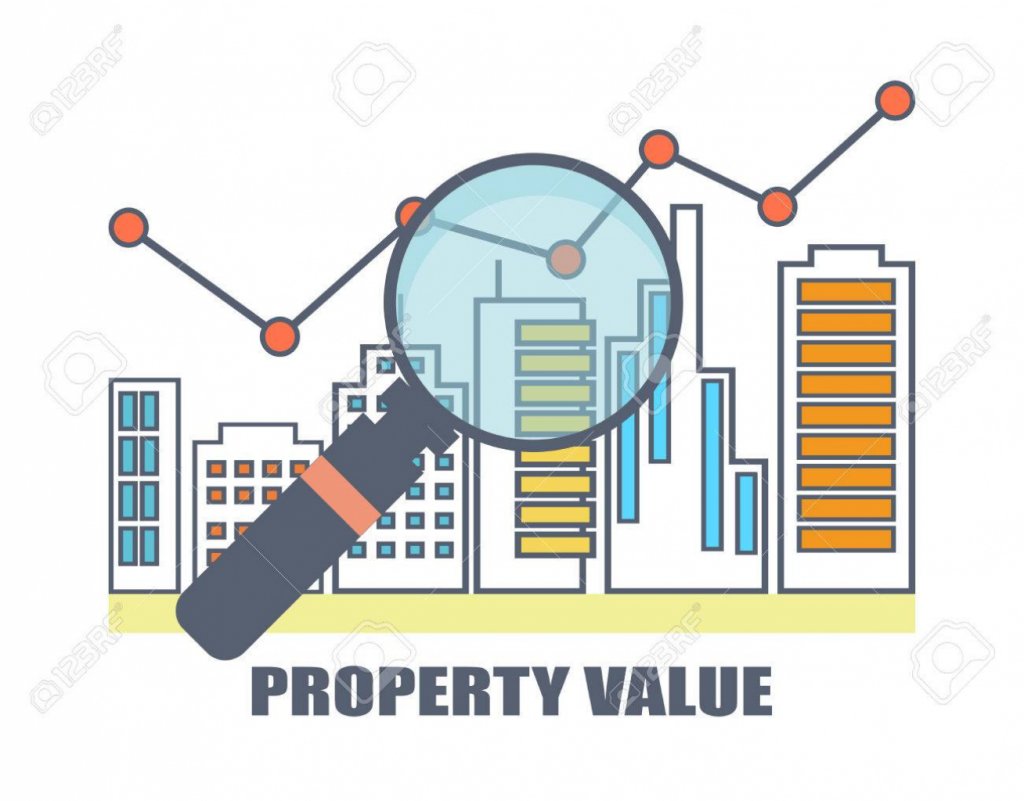Tips to Finding Value for your Commercial Property

Originally appearing on the Broker’s List and
There are a few different values attached to any piece of commercial property or land. Overall, they can be broken down into two categories:
Different values cater to the differing needs of appraisers, buyers, and sellers, and therefore can be found in different ways.
Simply understanding them and knowing the difference between them is important when planning your commercial property value search efforts.
Commercial Property Market Value
First, there are property market values in place as a rough value of the holding and selling price of an asset (assuming it is sold in the near future).
Market values are highly in-tune with everything influencing a commercial property’s value and perceived value.
Factors that influence the total market value of a commercial property include:
- Lot size and condition
- Building size and condition (interior and exterior)
- Proximity to cities, jobs, transportation, and other attractions
- Building and lot amenities
- Current demand of the market and asset type
- Comparable Sales
Commercial property market value can also be influenced by a number of other intuitive and aesthetic factors that may not effect a tax valuation.
From trending designs and architecture, to the properties potential future value, to local crime rates, and schools, the number of factors on market value can be quite large.
Property market values can fluctuate quite a bit year-over-year, and are largely the driving factor in property sale negotiations.
To get to a total market value, you have to sum up the market value of a parcel’s land and building. To get to a totalmarket value, however, you have to sum up the land market value and improvements market value of a property.
Land Market Value
Land market value is based on what the actual land of a property is worth on the market, not counting any buildings that sit atop the land.
This number is based on the aforementioned factors, but as they apply only to the grounds itself.
In other words, when buying the entire parcel, what would a buyer be gaining from the land itself? This would include proximity to transportation, the potential use of the land, and so on.
Improvement Market Value
improvement value is simply the value that sits atop the land. What buildings are on the parcel, what is the use of the building, and what is the income that can be generated from it?
While there are many factors that effect the improvement market value of a parcel, it can essentially be looked at as the value of what sits atop the natural land.
What has been added to the parcel to-date that provides current and future value to the parcel within the market it exists in? What are the cost of potential repairs? What stylistic features of the building make it more in-demand?
Improvement value would also depend largely on the demand for the asset typer at-hand.
For example, if multifamily properties were scorching hot in the Dallas/Fort Worth area, the market value of the asset will rise regardless of the other influencing factors.
Commercial Property Assessed Value
Second, there are property assessed values—in place for tax purposes.
Every year, tax professionals, usually representing a county, assess commercial properties to measure applicable dues.
Assessed values are typically more rooted in current, hard property value—from the size and condition of the parcel and its buildings, to the interior of the building, cost of improvements and repairs, potential income from ownership, and more.
Naturally, some of these determinants are tied to the surrounding market. Still, while the market does have an effect, a commercial property’s assessed value is based on higher-level market influencers, and therefore is less likely to fluctuate year-over-year.
Assessed property values will also factor much less into property transactions.
They may arise as a point of negotiation justification if a property’s assessed value has dramatically risen or fallen, or if it is far-off from the properties market value.
As is the same with market value, to get to a total assessed property value, you need to have assessed land and improvements values.
Assessed Land Value
In this case, the land value is merely the tax assessed value of the actual land parcel, not counting any buildings that sit on the property.
Factors that might influence assessed land value are based on the parcel’s functionalities, amenities, and relationship to nature.
Specific examples include a property’s drainage abilities, accessibility to transportation, and susceptibility to consistent weather damage.
Assessed Improvement Value
Much like that of market value, assessed improvement value determines the tax value of what sits atop a parcel of land.
Again, it is the value of the buildings and other assets on the property, their functionalities, and the potential revenue they could generate for an owner.
Together, the land and improvement values can be summed up to find the total assessed value of that property.

